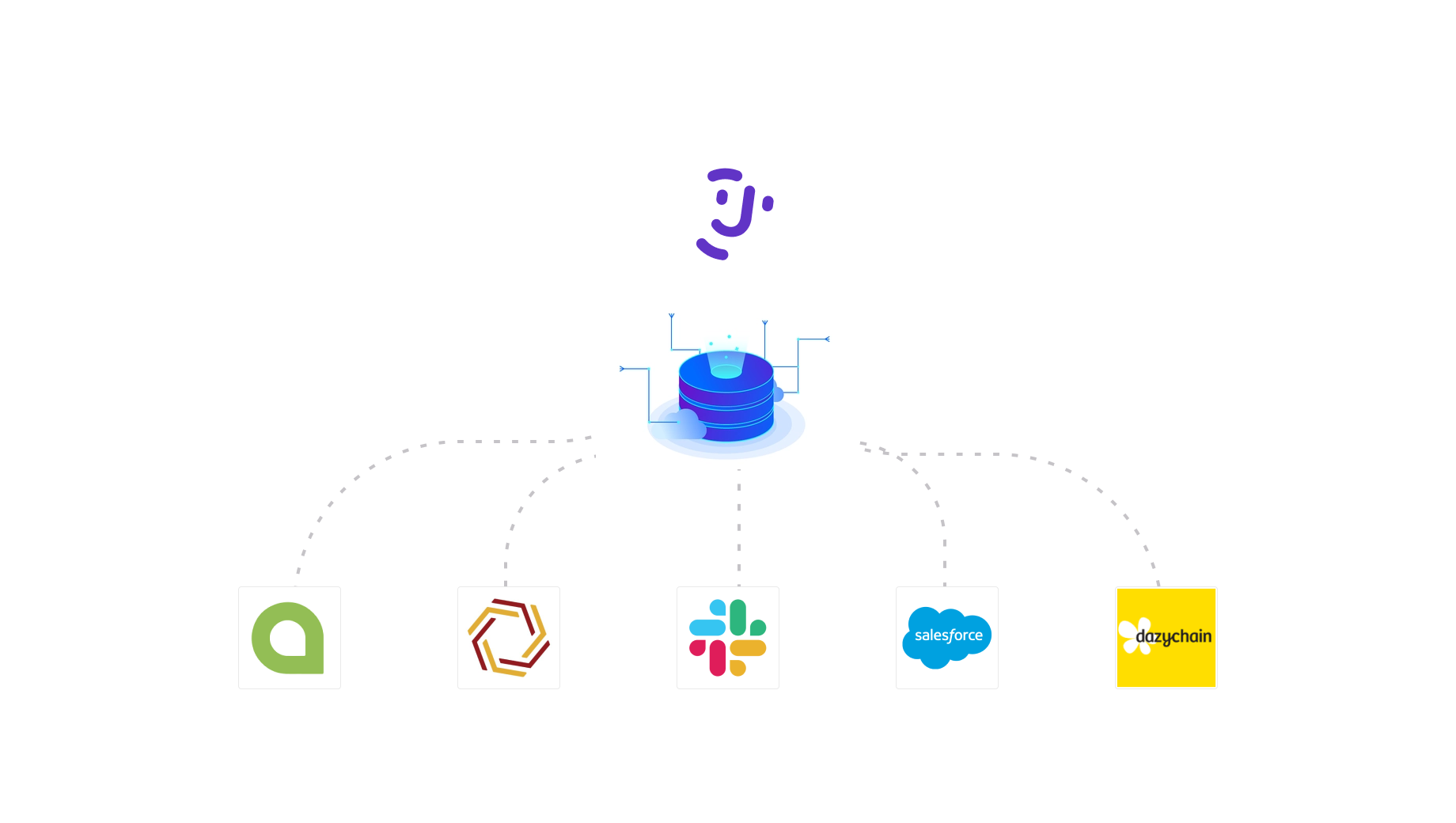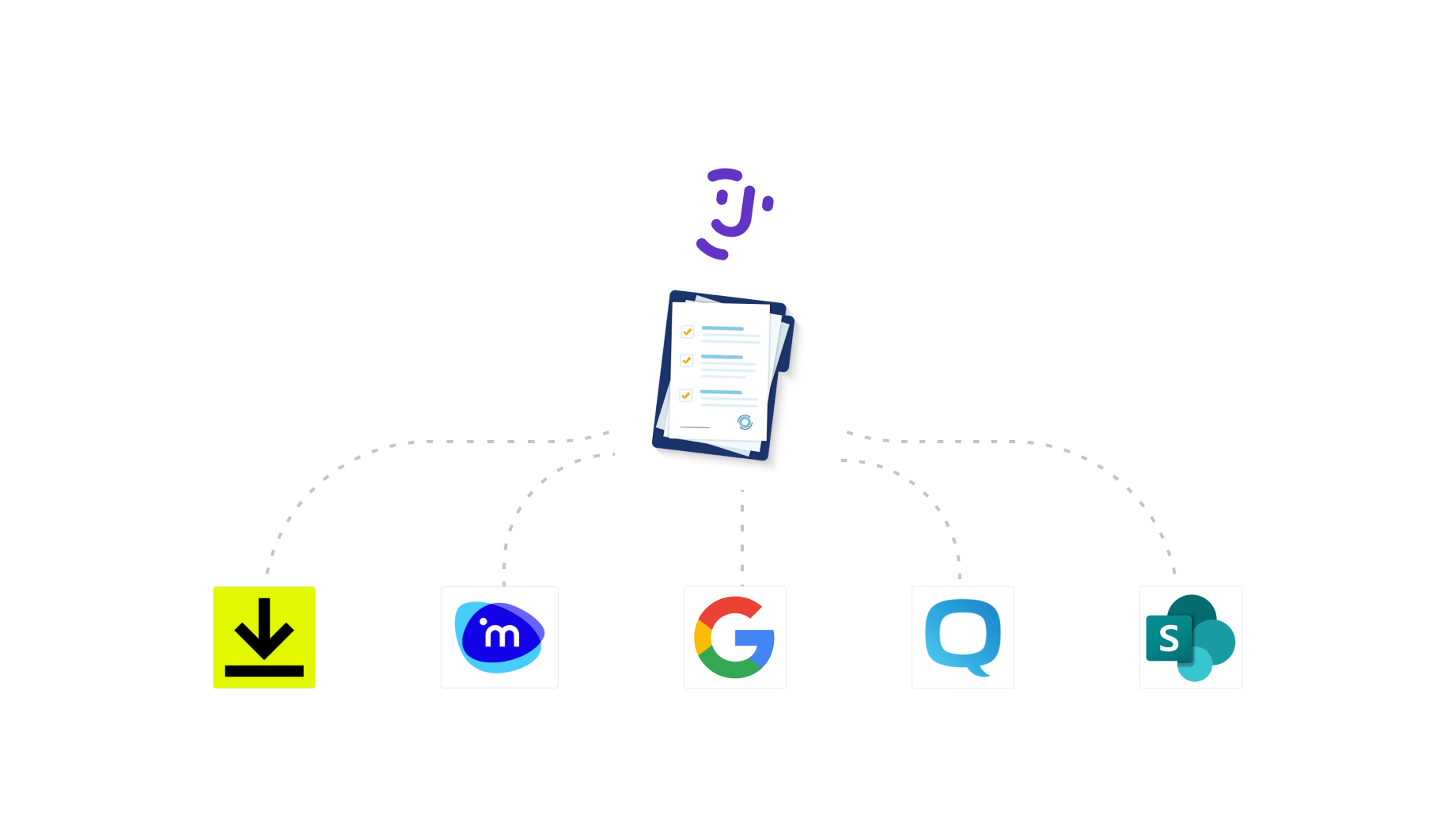What are some of the challenges integrations overcome?
Challenge #1: Isolated data
It’s a maxim that aptly describes a one-size-fits-all approach to implementing legal technology. If you already have a solution, then all you need to find is some problems… right?
Or not. For the team at Josef, we know what we do best: empower legal professionals to build automation tools to transform the delivery of legal services.
We also know what we don’t do best! Which is why we’re intensely focused on integration and interoperability between our platform and the technologies our customers use in their work.
It’s a sentiment Josef CEO, Tom Dreyfus channelled at the Australian Legal Technology Association’s Expo Arvo in June 2022, where he revealed Josef’s plan to unlock the true potential of legal automation through integrations.
Read on to see what he had to say.

Josef is an automation company so why am I talking about integrations? Because integrations are the key to taking automation to the next level.
When I say “integration”, I’m talking about the process of connecting separate software programs to create a single system.
Many lawyers and legal teams who seek to automate and streamline their work have an array of tools at their disposal. That “ecosystem” of tools poses a challenge if these different tools don’t speak to each other. Effective integrations enable that ecosystem of tools to speak the same language.
Imagine you’re using Josef to create your own no-code automation tools. Tools for workflow, process and document automation.
You have a whole ecosystem of other tools at your disposal. From practise and matter management, to e-signature and CRM, to document management systems.
You want all of these tools to work together seamlessly. To play nice with each other so you can build simple solutions for complex needs that are also scalable.
If your core automation platform connects with the other technologies you use every day it means that as your wants and needs change you can easily adapt rather than being painted into a corner.
Challenge #1: Isolated data

The first problem that Josef’s approach to integration solves is for your data.
For example, I’ve seen users create the perfect intake tool on Josef. Their beautiful smart form or chatbot is out there asking all the right questions for new clients and matters. What happens to the data? Where is it sent when the intake process is complete?
Making sure that it’s available in your system of record for clients and matters is essential. Josef’s integrations with Xakia, Actionstep, Dazychain and Salesforce, to name a few, make this simple and easy.
Challenge #2: Document automation at scale

The second problem Josef’s approach to integration solves is for your documents.
A lot of clients’ first automation project is to create a streamlined self-service document automation tool. Clients are generating their own legal documents whenever they need them. What happens to the documents? Where do they go?
Sending them seamlessly into your document management system, or out for e-signature is a key component here. That’s why we’re integrating with solutions like Docusign, iManage and others to make it possible at the click of a button.
If there is one thing you take away from all of this, it should be that integrations have the ability to unlock the power of workflow, process and document automation. To create even better client experiences, and even greater efficiency for legal teams.
However, I think legal professionals can go one step further. Don’t just think about integrations, think about the solutions or tools you’re trying to build and who is building them.
The key is to enable non-technical users to create those connections themselves which is why no-code legal automation is so important. You want to put the power to build solutions in the hands of those who understand the problems of the client and the organisation.
That’s why we’re building a future in which integrating your core legal technologies on Josef will be as easy and simple as it already is to build automation tools on Josef.
While we’ve known for a while now that the future of legal automation is no-code, our customers are now discovering that the future of legal integration can be too.